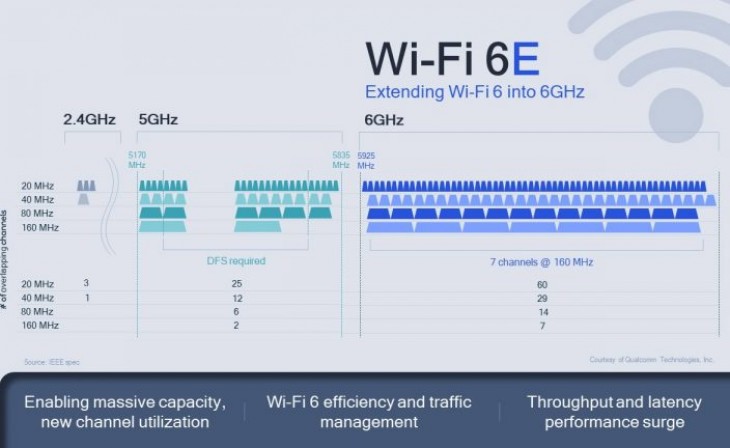What Comes Next After Wi-Fi 6E: Exploring the Future of Wireless Connectivity
The Promise of Wi-Fi 7
One of the most anticipated advancements in wireless connectivity is the introduction of Wi-Fi 7, also known as 802.11be. Wi-Fi 7 is expected to bring significant improvements over its predecessors, including even higher data transfer rates, lower latency, and enhanced performance in congested environments. With the increasing demand for bandwidth-intensive applications such as virtual reality, augmented reality, and 8K video streaming, Wi-Fi 7 aims to meet these requirements and provide a seamless and immersive user experience.
Multi-Gigabit Speeds with Wi-Fi 7
Wi-Fi 7 is projected to deliver multi-gigabit speeds, surpassing the capabilities of Wi-Fi 6E. With faster data transfer rates, users can enjoy ultra-high-definition streaming, instantaneous file transfers, and lag-free online gaming. The increased speeds will not only benefit individual users but also support the growing number of Internet of Things (IoT) devices and smart home applications that require fast and reliable connectivity.
Enhanced Efficiency with MU-MIMO and OFDMA
Multi-User Multiple-Input Multiple-Output (MU-MIMO) and Orthogonal Frequency Division Multiple Access (OFDMA) are technologies already present in Wi-Fi 6 and Wi-Fi 6E. However, they are expected to be further improved and optimized in Wi-Fi 7. These technologies allow for more efficient use of the available spectrum by enabling simultaneous transmission to multiple devices and dividing the frequency bands into smaller subchannels. This enhanced efficiency translates to better overall network performance, reduced latency, and improved utilization of network resources.
Increased Range with Beamforming and Advanced Antenna Technologies
Wi-Fi 7 is also anticipated to introduce advancements in beamforming and antenna technologies. Beamforming allows the router to focus its signal directly towards the connected devices, increasing the range and improving signal strength. Advanced antenna technologies, such as phased array antennas, can further enhance the coverage and enable more reliable connections, especially in environments with obstacles or interference.
Integration of Wi-Fi and 5G
As the rollout of 5G networks continues worldwide, there is a growing interest in integrating Wi-Fi and 5G technologies to create a seamless and unified wireless experience. This convergence aims to leverage the strengths of both technologies, providing users with uninterrupted connectivity and smooth handoffs between Wi-Fi and cellular networks. The integration of Wi-Fi and 5G could enable a wide range of new applications and services, including seamless roaming, enhanced mobile gaming, and improved IoT connectivity.
Enhanced Security and Privacy Features
With the increasing number of connected devices and the growing concern over data privacy and security, future wireless standards are expected to prioritize robust security measures. Wi-Fi 7 is likely to introduce advancements in encryption algorithms, authentication protocols, and secure network management, ensuring that users' data and devices are protected from potential threats and unauthorized access.
Also Check TP-Link 300Mbps 2.4GHz Wireless 3G/4G Portable Router
Conclusion
While Wi-Fi 6E has brought significant advancements to wireless connectivity, the future holds even more exciting possibilities. Wi-Fi 7, with its multi-gigabit speeds, enhanced efficiency, increased range, and integration with 5G, promises to revolutionize the way we connect and interact with the digital world. As technology continues to evolve, we can expect a seamless and immersive wireless experience that caters to our ever-growing connectivity needs. The future of wireless connectivity is bright, and Wi-Fi 7 is poised to take us there.




